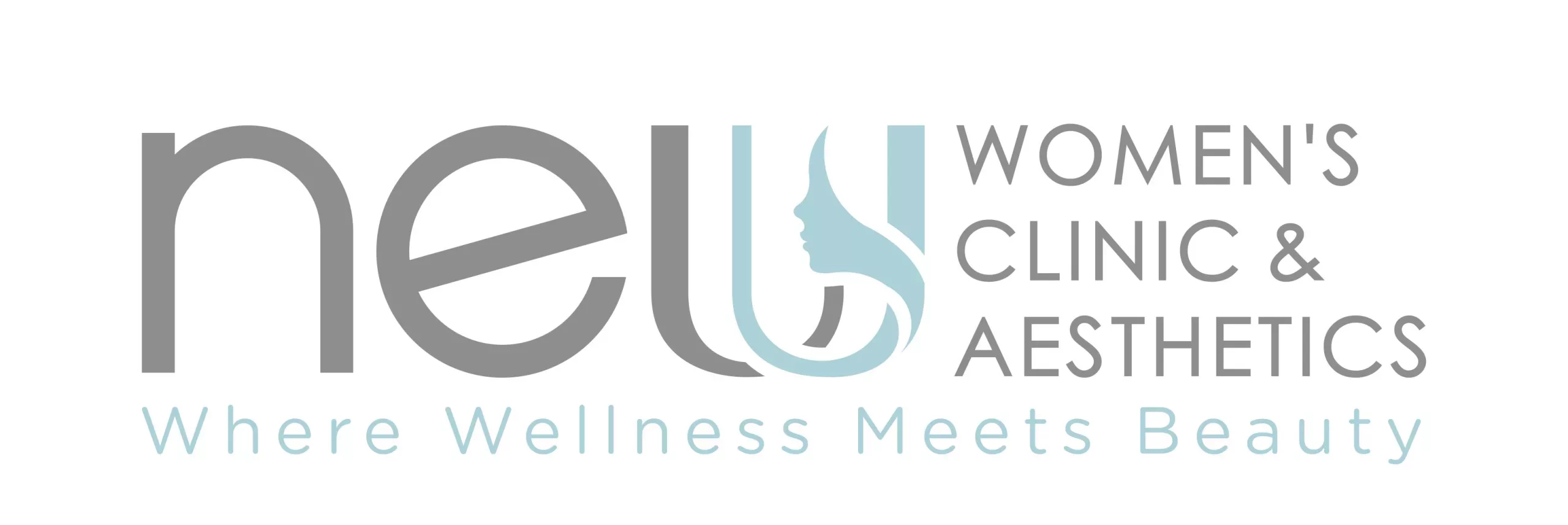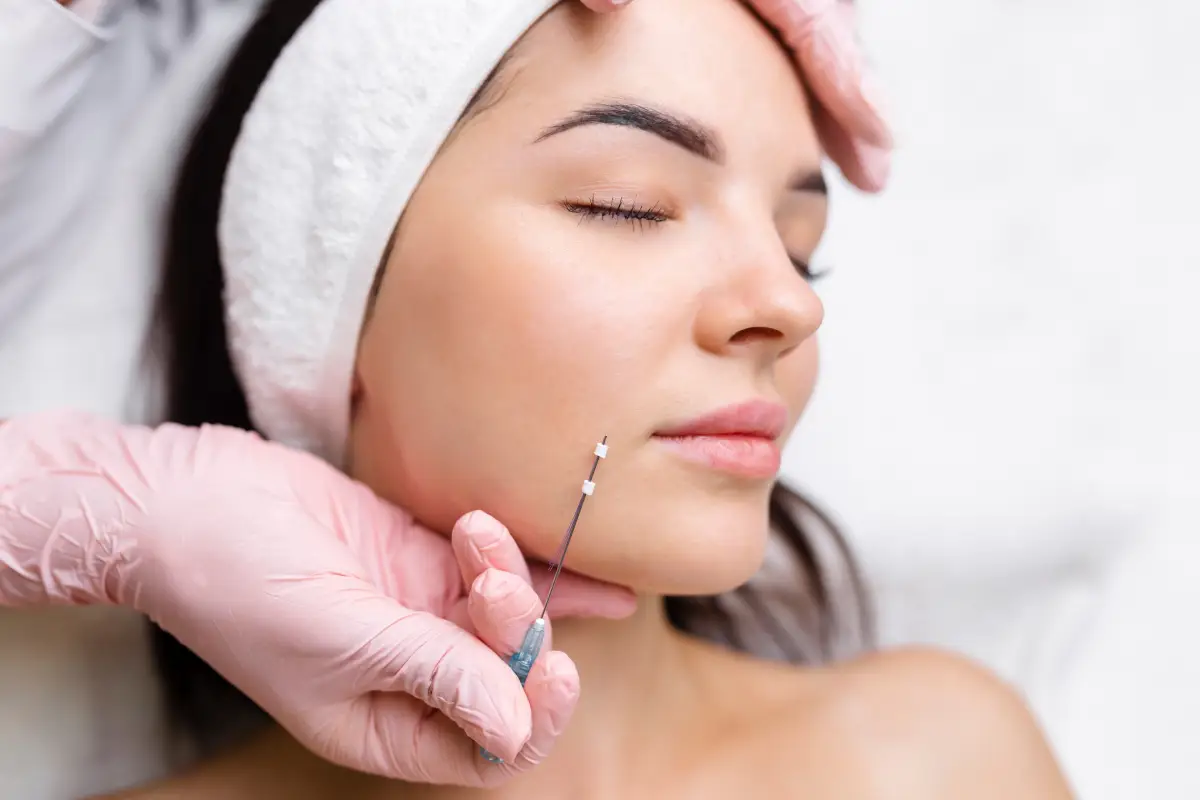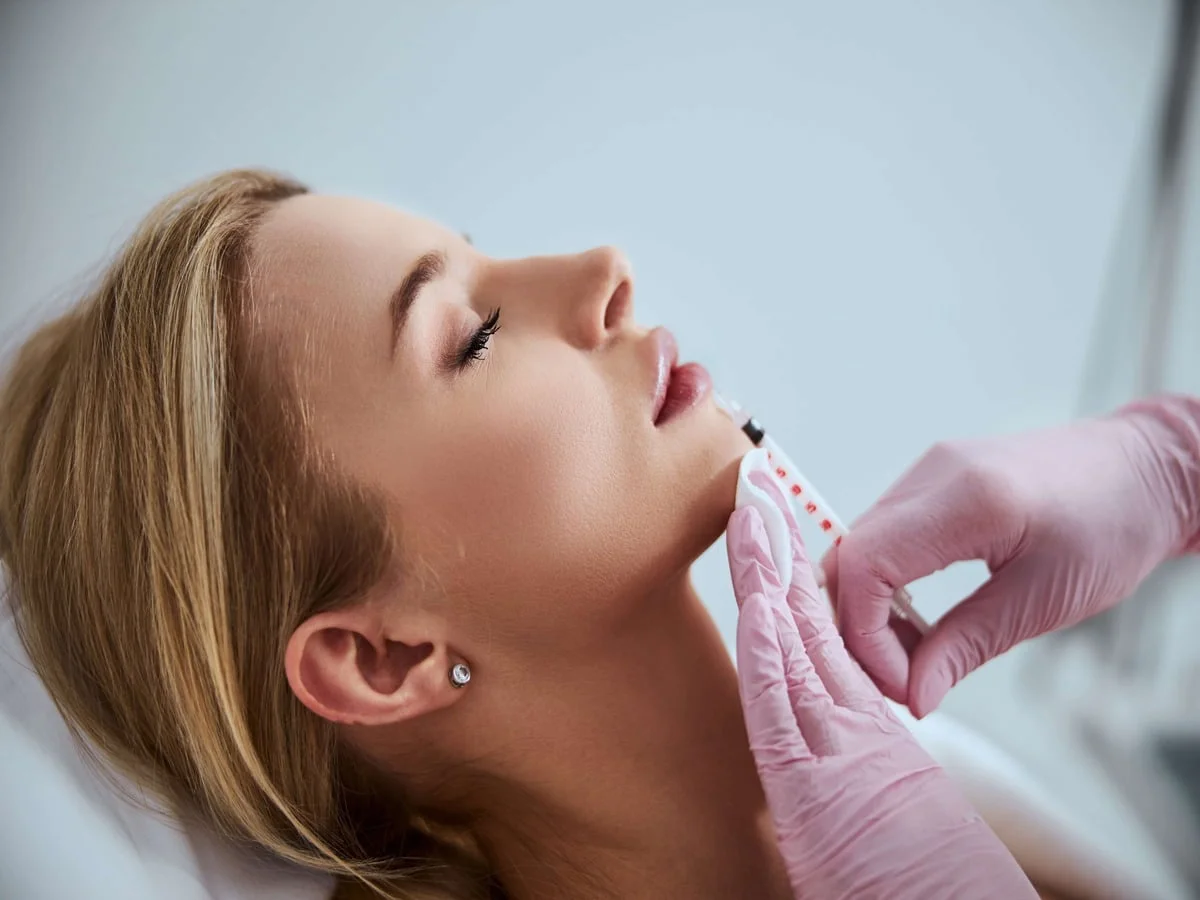A great frontier has emerged, promising to revolutionize how we approach healing and rejuvenation. This groundbreaking field, regenerative medicine, holds immense potential for restoring vitality and function to damaged or aging tissues. At the heart of this extraordinary discipline lies the extraordinary power of stem cells, the architects of regeneration within our bodies.
Rejuvenation with Stem cells, these versatile and dynamic entities, can transform into various cell types and facilitate the regeneration of damaged tissues. Their inherent regenerative properties have captivated the imaginations of scientists and medical professionals, inspiring a quest to unlock their full potential. With their remarkable capacity for self-renewal and differentiation, stem cells present an incredible opportunity to explore regenerative medicine’s frontiers.
Understanding Stem Cells
A. Stem cells’ remarkable regenerative properties are the fundamental building blocks of regenerative medicine. Defined as unspecialized cells capable of self-renewal and differentiation, they possess the extraordinary ability to give rise to various cell types within the body. Stem cells serve as the repair crew, replenishing and regenerating damaged or aging tissues, making them vital players in rejuvenation and regeneration.
B. Embryonic stem cells, adult stem cells, and induced pluripotent stem cells (iPSCs) are the three primary categories of stem cells. Embryonic stem cells are derived from embryos during the early stages of development. They have the incredible potential to differentiate into any cell type in the body, offering many possibilities for regenerative medicine.
On the other hand, adult stem cells exist in mature tissues and organs throughout the body. These cells are responsible for maintaining and repairing the specific tissue in which they reside. While adult stem cells have a more limited differentiation capacity than embryonic stem cells, they play a crucial role in tissue homeostasis and regeneration.
C. The differentiation process is a crucial mechanism through which stem cells give rise to specialized cell types. Stem cells can differentiate into specific cell lineages, such as neurons, muscle cells, or blood cells. This process involves a tightly regulated orchestration of gene expression and signaling pathways that guide the stem cells to adopt a particular fate.
The Promise of Regenerative Medicine
A. Traditional medical treatments often focus on managing symptoms or slowing disease progression rather than providing a definitive cure. While these treatments have significantly improved healthcare outcomes, they have inherent limitations. Chronic diseases, such as Alzheimer’s, Parkinson’s, heart disease, and diabetes, continue to pose significant challenges due to the limited regenerative capacity of the human body. Moreover, injuries resulting in tissue damage or organ failure often require invasive procedures or transplants, which are not always feasible or ideal solutions. In this context, regenerative medicine emerges as a beacon of hope, with its potential to restore or replace damaged tissues.
B. Regenerative medicine holds tremendous promise in addressing chronic diseases and injuries by harnessing the regenerative potential of stem cells. Stem cell-based therapies offer the possibility of replacing damaged cells or stimulating the body’s natural healing mechanisms. For instance, stem cell therapies aim to replace lost neurons or promote neurogenesis in neurodegenerative diseases. In cardiac conditions, stem cells can help repair damaged heart tissue and improve cardiac function. Additionally, regenerative medicine offers potential treatments for spinal cord injuries, arthritis, burns, and other conditions that have long-lasting impacts on patients’ lives.
C. Stem cell research has already yielded remarkable success stories and breakthroughs, showcasing the immense potential of regenerative medicine. Researchers have achieved significant milestones in the field, such as using stem cells to regenerate damaged spinal cords, restore vision in retinal diseases, and reverse the effects of certain types of cancer.
Among the most popular therapies are:
- The Vampire Breast Lift: Harnessing the Potential of Stem Cells for Rejuvenation
The Vampire Breast Lift, often called the Platelet-Rich Plasma (PRP) breast lift, combines the principles of regenerative medicine with the body’s natural healing processes. This non-surgical procedure harnesses the potential of stem cells and platelets in the patient’s blood to stimulate tissue regeneration and restore youthful contours to the breasts.
Its non-invasive nature sets the Vampire Breast Lift apart from traditional breast augmentation procedures. Unlike surgical breast implants, this treatment avoids incisions, foreign substances, or lengthy recovery periods. Using the patient’s blood minimizes the risk of adverse reactions or complications, making it a safe and well-tolerated option for individuals seeking breast rejuvenation.
The Vampire Breast Lift offers a range of benefits beyond its non-invasive approach. The treatment can enhance breast appearance by lifting and firming sagging or drooping breasts, improving breast symmetry, and restoring lost volume due to aging or breastfeeding. Additionally, the regenerative properties of stem cells and platelet-rich plasma can improve the quality and texture of breast skin, resulting in a more youthful and radiant appearance.
2. Vampire Eye: Revitalizing the Eyes with the Power of Stem Cells
The Vampire Eye treatment, also known as Platelet-Rich Plasma (PRP) eye rejuvenation, combines the principles of regenerative medicine with the body’s natural healing processes. This non-surgical procedure leverages the power of stem cells and growth factors in the patient’s blood to stimulate tissue regeneration and address common eye concerns such as dark circles, fine lines, wrinkles, and hollows.
The Vampire Eye treatment offers several advantages over invasive surgical or topical treatments. Firstly, since the PRP is derived from the patient’s blood, there is minimal risk of adverse reactions or complications. This makes it a safe and well-tolerated option for individuals seeking eye rejuvenation. Additionally, the non-invasive nature of the treatment means minimal downtime and a faster recovery than surgical interventions.
3. Vampire Hair: Unleashing the Power of Stem Cells for Hair Rejuvenation
The Vampire Hair treatment, also known as Platelet-Rich Plasma (PRP) hair restoration, combines the principles of regenerative medicine with the body’s natural healing processes. This non-surgical procedure harnesses the power of stem cells and growth factors in the patient’s blood to stimulate hair follicle regeneration and promote hair growth.
The Vampire Hair treatment offers several advantages over traditional hair restoration methods. Firstly, since the PRP is derived from the patient’s blood, there is minimal risk of adverse reactions or complications. This makes it a safe and well-tolerated option for individuals seeking hair rejuvenation. Additionally, the non-surgical nature of the procedure means minimal downtime and faster recovery compared to surgical interventions such as hair transplant surgery.
4. Vampire Wing Lift: Empowering Women with Stem Cell Rejuvenation
The Platelet-Rich Plasma (PRP) labia rejuvenation, commonly known as the vampire wing lift, is a non-surgical cosmetic technique to enhance the labia’s appearance and functionality. This innovative treatment harnesses the potential of stem cells and growth factors found in the patient’s blood to stimulate tissue regeneration and enhance the overall aesthetic and comfort of the intimate area.
The Vampire Labia Lift offers several advantages over invasive surgical procedures. Firstly, since the PRP is derived from the patient’s blood, there is minimal risk of adverse reactions or complications. This makes it a safe and well-tolerated option for individuals seeking labia rejuvenation. Additionally, the non-surgical nature of the procedure means minimal downtime and a faster recovery than surgical interventions.
- The O-Shot: Empowering Women with Stem Cell Rejuvenation
The O-Shot, or the Orgasm Shot, is a non-surgical and minimally invasive procedure designed to improve sexual satisfaction and overall sexual wellness in women. This innovative treatment harnesses the regenerative potential of stem cells and growth factors to address concerns such as decreased sexual sensitivity, vaginal dryness, and difficulty achieving orgasm.
The O-Shot offers several advantages over traditional treatments for female sexual wellness. Firstly, since the PRP is derived from the patient’s blood, there is minimal risk of adverse reactions or complications. This makes it a safe and well-tolerated option for women seeking to enhance their sexual wellness. Additionally, the non-surgical nature of the procedure means no recovery time, and results are immediately compared to invasive surgical interventions. This increases sexual arousal, improves vaginal lubrication, and heightens orgasmic response.
5. The P-Shot: Enhancing Male Sexual Wellness with Stem Cell Rejuvenation
The P-Shot, or the Priapus Shot, is a non-surgical and minimally invasive procedure designed to improve sexual performance and overall sexual wellness in men. This innovative treatment harnesses the regenerative potential of stem cells and growth factors to address concerns such as erectile dysfunction, decreased sensitivity, and reduced sexual performance.
The P-Shot offers several advantages over traditional treatments for male sexual wellness. Firstly, since the PRP is derived from the patient’s blood, there is minimal risk of adverse reactions or complications. This makes it a safe and well-tolerated option for men seeking to enhance their sexual wellness. Additionally, the non-surgical nature of the procedure means no recovery time, and results are immediately compared to invasive surgical interventions. This leads to improved erectile function, enhanced sexual sensation, and increased sexual satisfaction.
6. Buttocks Augmentation: Enhancing Curves with Stem Cell Rejuvenation
This innovative treatment harnesses the regenerative potential of stem cells and fat transfer techniques to achieve natural-looking and long-lasting results.
Buttocks Augmentation offers several advantages over traditional buttock enhancement procedures. Firstly, since the procedure utilizes the patient’s fat and stem cells, there is minimal risk of adverse reactions or complications. This makes it a safe and well-tolerated option for individuals seeking to enhance their buttocks. Additionally, the procedure provides the dual benefit of fat reduction in the donor areas, resulting in improved body contouring.
Rejuvenation Therapies with Stem Cells
- Stem Cells in Anti-Aging Treatments
As the pursuit of eternal youth continues, stem cells in anti-aging treatments have emerged as a promising avenue for rejuvenation. Stem cells possess unique properties that make them valuable in combating the effects of aging. They can self-renew and differentiate into various cell types, making them a potent tool for regenerating and revitalizing aging tissues.
The creation of collagen, a protein that gives the skin its structural support and gives skin a smoother, younger appearance, can be stimulated by stem cells. Additionally, stem cells support skin cell regeneration, which enhances skin tone and texture.
2. Stem Cells and Tissue Regeneration
One of the remarkable capabilities of stem cells is their ability to promote tissue regeneration and repair. This regenerative potential holds tremendous promise for addressing age-related degenerative conditions and injuries.
In the context of rejuvenation therapies, stem cells can be utilized to stimulate the regeneration and repair of damaged tissues. For example, in orthopedics, stem cells can be injected into joints to promote cartilage regeneration and alleviate pain caused by osteoarthritis. Similarly, in dermatology, stem cells can rejuvenate and repair damaged skin, leading to a more youthful and radiant complexion.
3. Stem Cells in Cosmetic Procedures
Applying stem cells in cosmetic procedures has revolutionized the field of aesthetic medicine. Stem cells can be utilized in various cosmetic treatments to enhance individuals’ natural beauty and appearance. From facial rejuvenation to hair restoration, stem cells have created new possibilities for achieving desired aesthetic outcomes.
Conclusion
Rejuvenation with stem cells has opened up new possibilities in regenerative medicine, offering hope for individuals seeking to enhance their health, appearance, and quality of life. The transformative impact of rejuvenation therapies using stem cells is a testament to the incredible potential of regenerative medicine. By encouraging further exploration and investment in stem cell research, we pave the way for a future where regenerative medicine becomes a cornerstone of healthcare, bringing renewed hope and vitality to countless lives.
At New U, your safety and well-being are our top priorities. We strictly adhere to rigorous standards and ethical guidelines to ensure our treatments’ safety and effectiveness. Our experts will guide your rejuvenation journey, providing personalized care and support.
Don’t wait any longer to embrace the rejuvenating power of stem cells. Experience the difference at New U Women’s Clinic & Aesthetics, where innovation meets beauty. Schedule your consultation today, and let us help you unlock your true potential.










